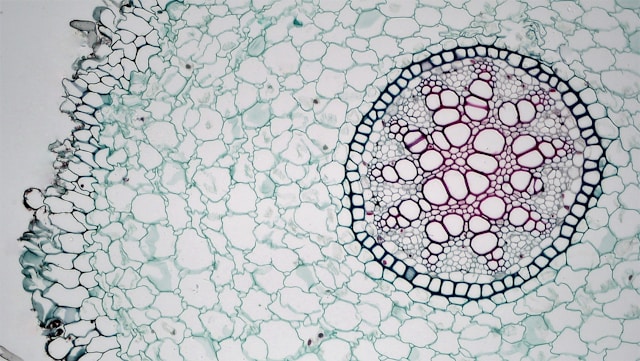In the intricate dance of life within a cell, translating genetic information into functional proteins is a cornerstone of cellular function. This intricate mechanism, known as translation, is a multi-step journey that transforms the language of nucleic acids into the functional machinery that drives cellular processes. Here’s an in-depth exploration of the key steps involved in translation in biology:
Initiation:
The ballet begins with initiation, as a small ribosomal subunit binds to the messenger RNA (mRNA). This subunit carries an initiator transfer RNA (tRNA) loaded with the amino acid methionine, marking the starting point of the translation process. As the small ribosomal subunit moves along the mRNA, it halts at the start codon (typically AUG), initiating the translation of genetic information into protein.
Elongation:
Elongation is the graceful progression of amino acids being added one by one to the growing polypeptide chain. The small ribosomal subunit is joined by the large subunit, creating a functional ribosome. Aminoacyl-tRNA molecules, each carrying a specific amino acid, elegantly enter the ribosome. They base-pair with the mRNA codons, and as the ribosome glides along the mRNA, peptide bonds delicately form between adjacent amino acids. This process extends the polypeptide chain, crafting the intricate structure of the protein.
Termination:
The performance continues until a stop codon (UAA, UAG, or UGA) gracefully reaches the ribosome. This signals the termination of translation. Release factors join the ribosome, leading to the hydrolysis of the bond between the completed polypeptide chain and the tRNA in the P site. The newly synthesized protein is then released from the ribosome, ready to fulfill its biological role.
Post-Translation Modifications and Translation in Biology
Following the main act of translation, the protagonist, the polypeptide chain, may undergo post-translational modifications to transform into a functional protein. These modifications include adding chemical groups (such as phosphorylation or glycosylation), folding into specific three-dimensional structures, and the selective cleavage of certain segments. These adjustments add layers of sophistication to the protein’s functionality.
Protein Folding and Structure:
The newly synthesized polypeptide chain enters the spotlight as it gracefully folds into its functional three-dimensional structure. This intricate folding is driven by the interactions between amino acid residues, resembling a choreographed dance of molecular forces. Proper folding is not merely an aesthetic feature; the protein must perform its biological function effectively.
Protein Targeting and Transport:
In some instances, proteins must take centre stage in specific cellular compartments or organelles to perform their functions. Signal sequences within the protein act as cues, guiding it to the appropriate location within the cell. This ensures that the protein performs its intended role with precision.
Quality Control:
The grand finale involves quality control mechanisms within the cell. Chaperone proteins and the ubiquitin-proteasome system monitor the folding and quality of newly synthesised proteins. Misfolded or damaged proteins, like performers who miss a step, may be targeted for degradation to maintain the cellular integrity of the entire production.
Understanding the meticulous steps of translation is fundamental to grasping the flow of genetic information from DNA to functional proteins—a process essential for the proper functioning of living organisms. At EgyPerfect Translation Agency, we appreciate the intricacies of translating languages and the essence of life itself.
Our commitment to precision and accuracy mirrors the exacting nature of cellular translation, ensuring that your content is not just translated but transformed into a meaningful and functional communication tool.


